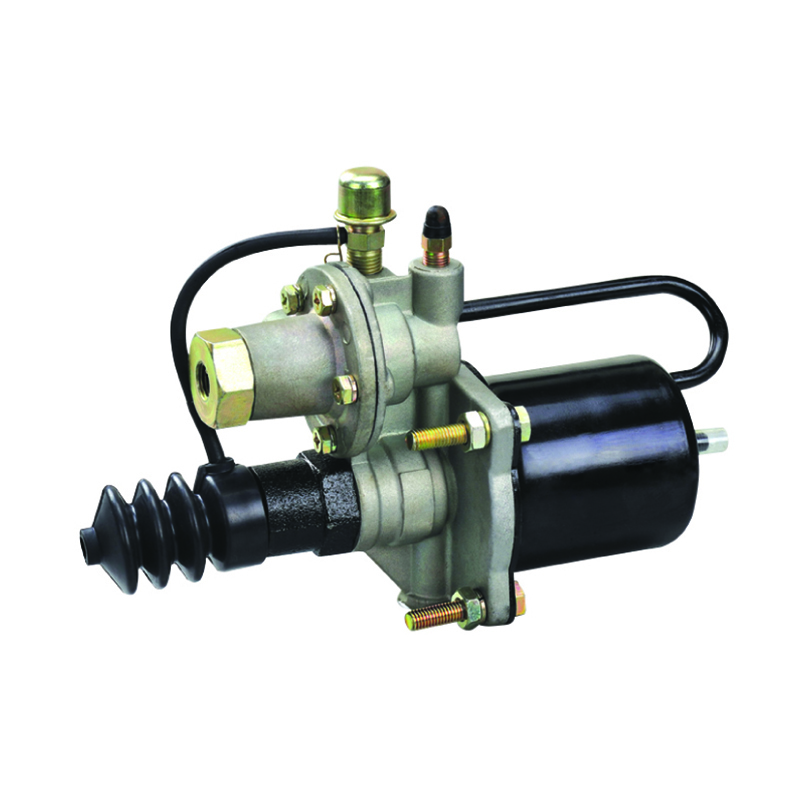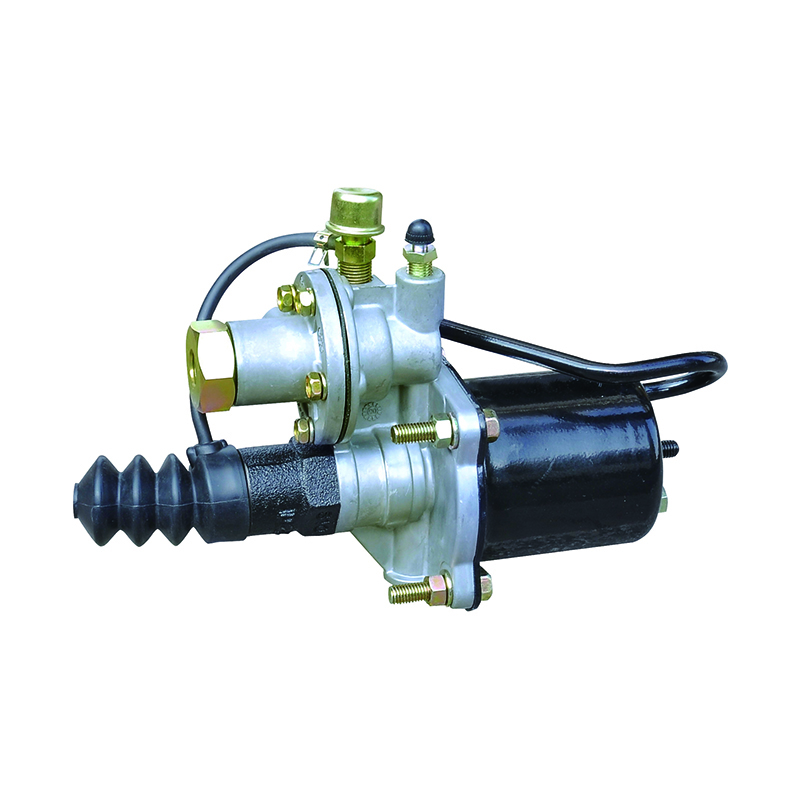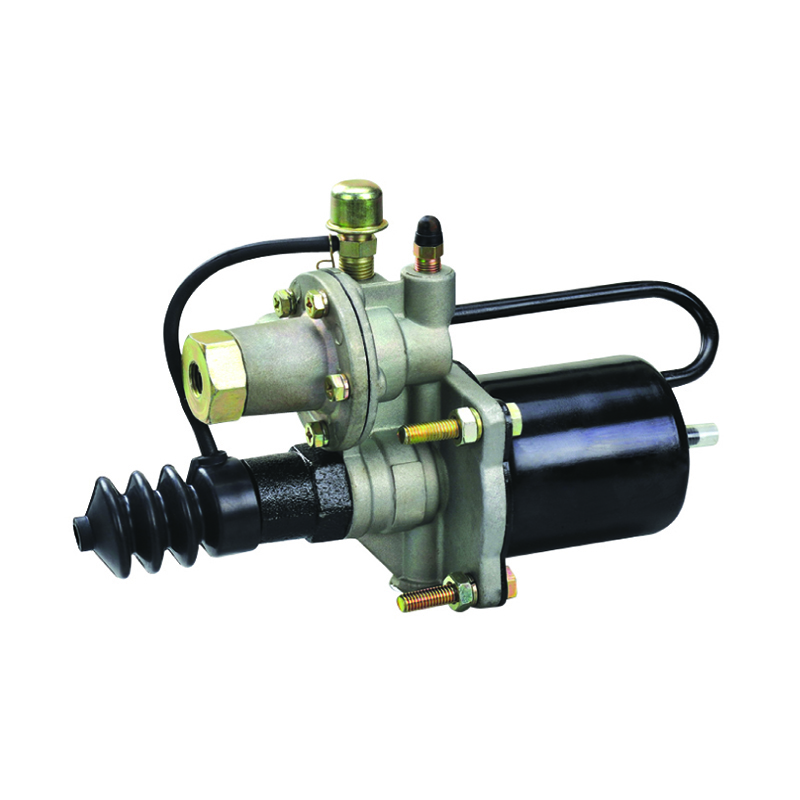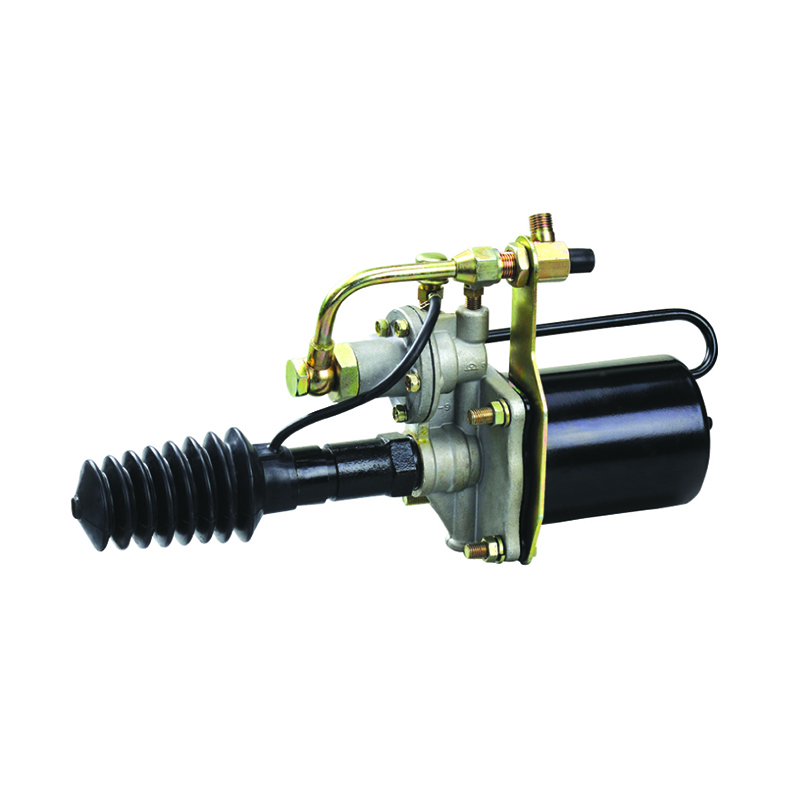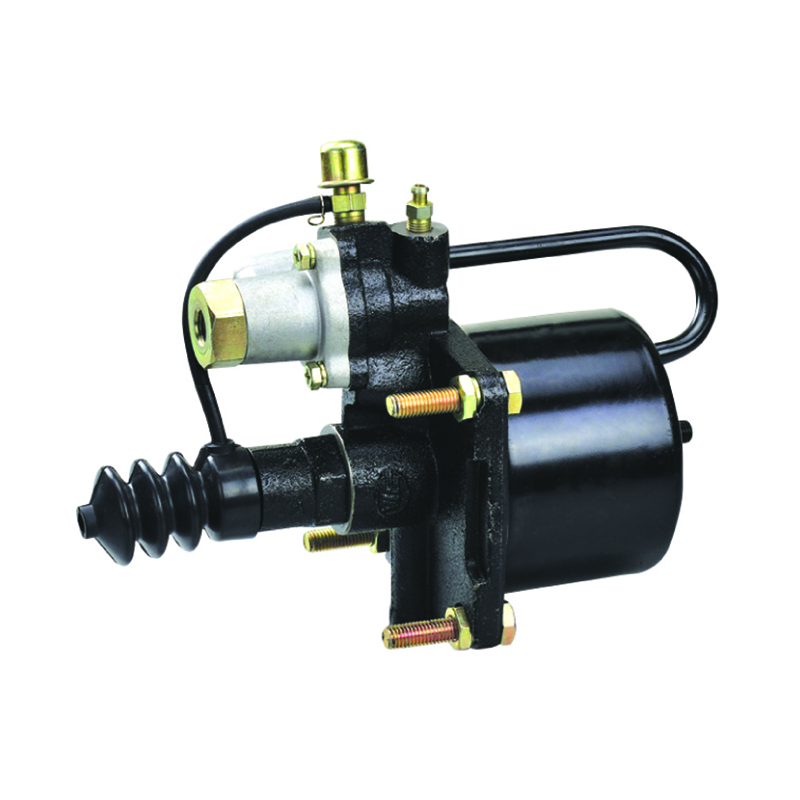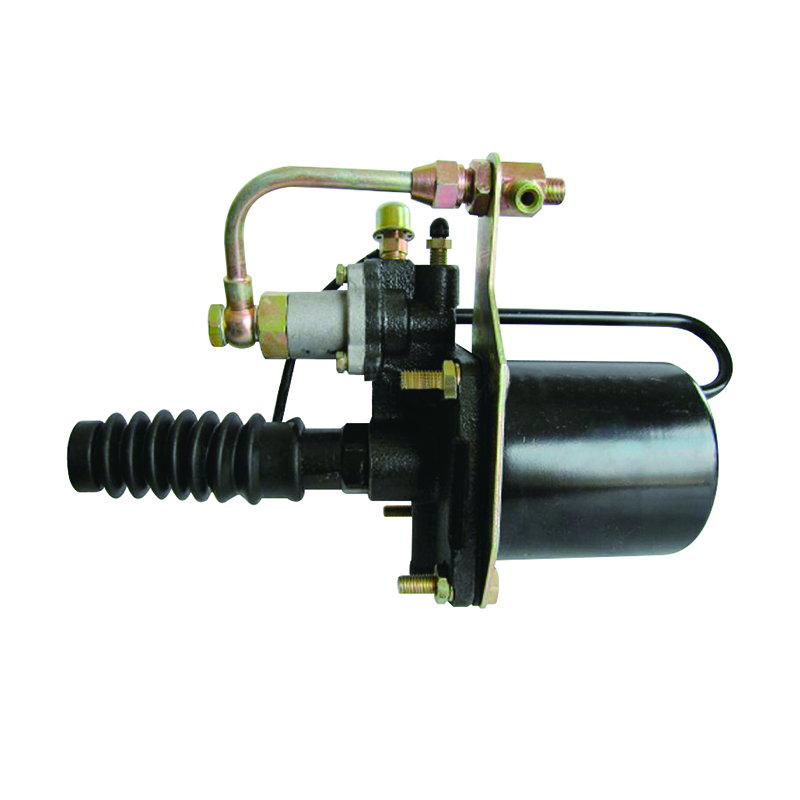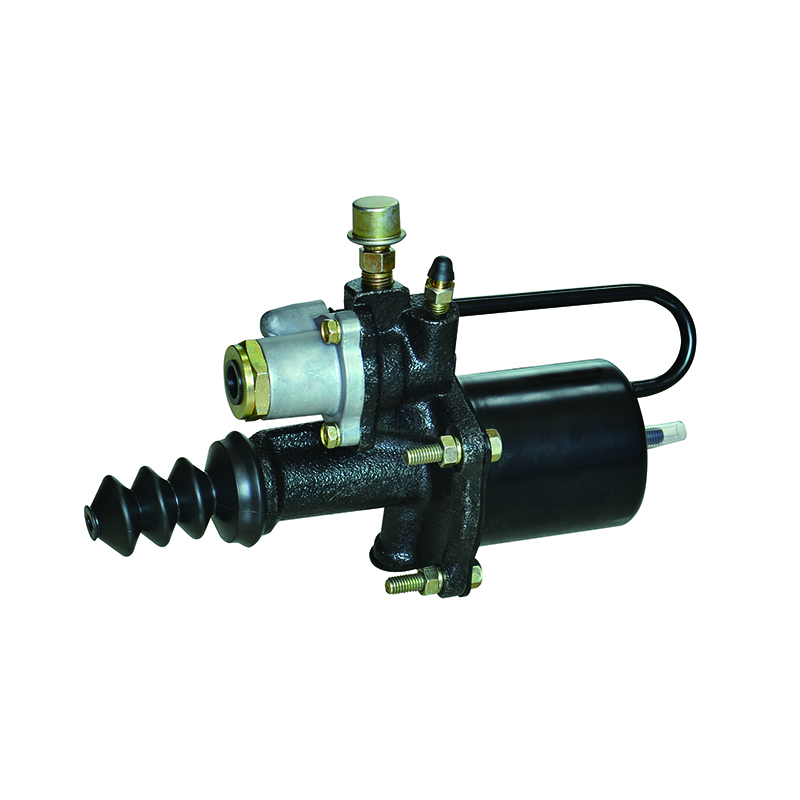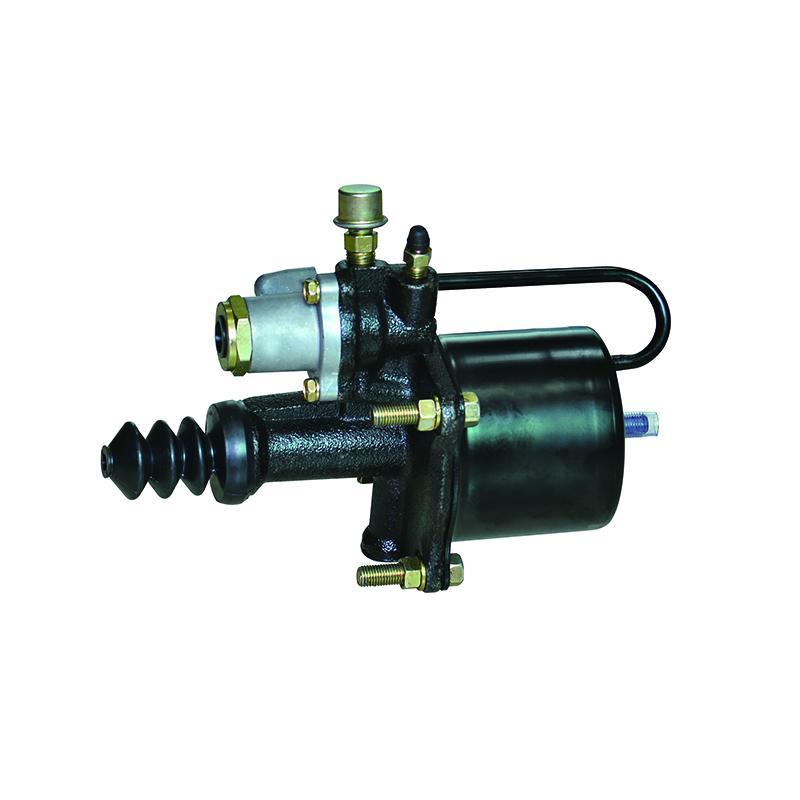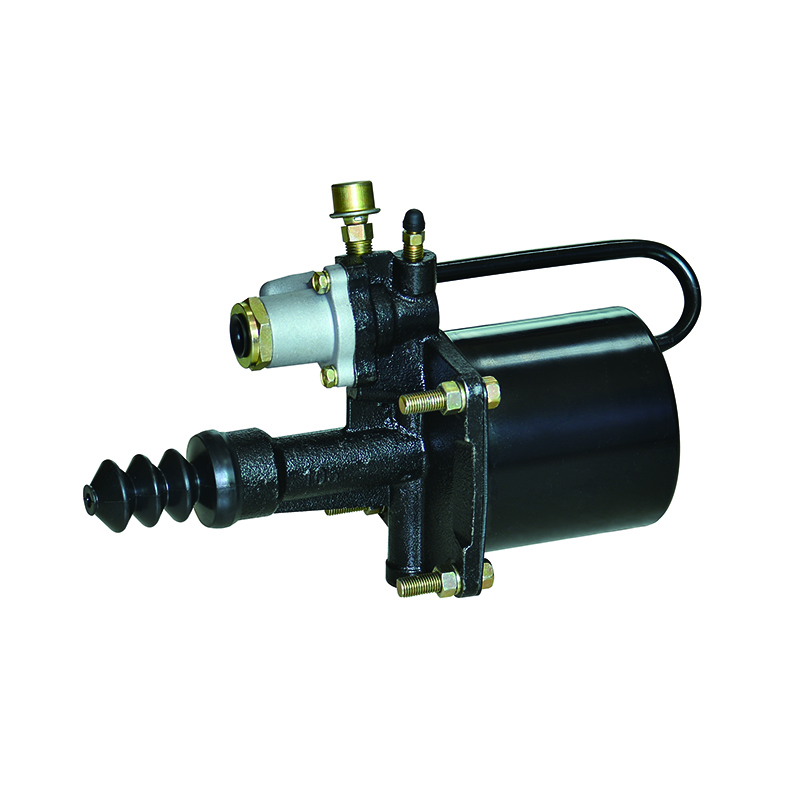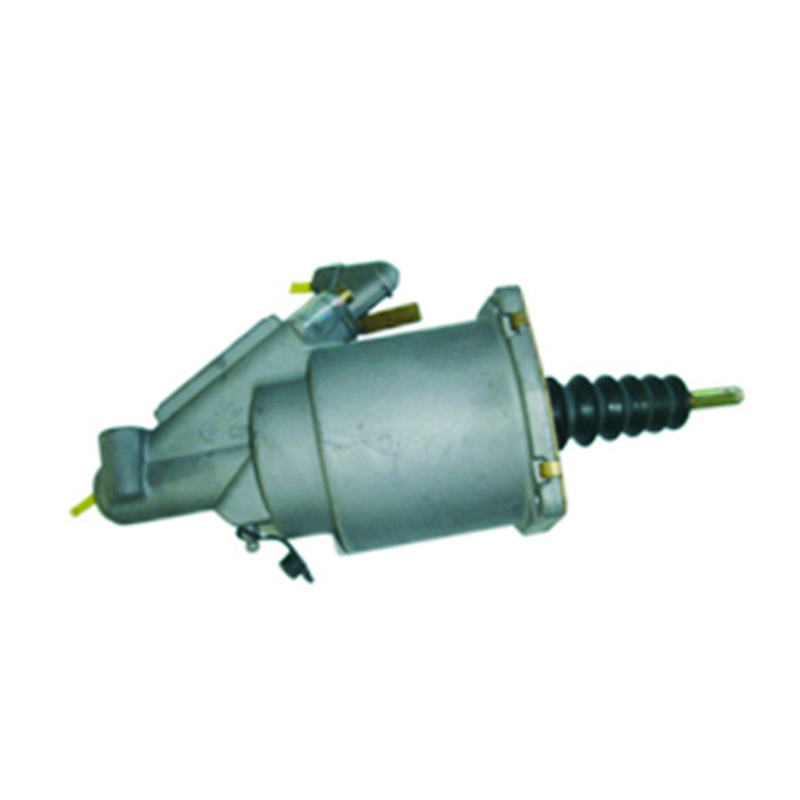For exclusive deals and latest offers, signup by entering your email address below.
Optimizing Air Coil Assembly: Techniques for Enhanced Performance
When it comes to optimizing air coil assemblies for enhanced performance, there are several techniques you can employ. These techniques focus on improving coil design, materials, and manufacturing processes. Here are some key considerations:
Coil Geometry: The geometry of the coil plays a crucial role in its performance. Factors to consider include the number of turns, spacing between turns, and the overall shape of the coil. Optimizing these parameters can help achieve better electromagnetic coupling and reduce losses.
Wire Selection: Choosing the right wire for your coil is essential. Consider factors such as wire gauge, material, and insulation. Thicker wire with lower resistance can reduce power losses, while materials with high conductivity like copper offer better performance. Additionally, using high-temperature insulation can increase the coil's thermal stability.
Core Material: If your coil incorporates a magnetic core, selecting the appropriate material is important. Different core materials have varying magnetic properties, such as permeability and saturation. Understanding the requirements of your application can help you choose the right core material for optimal performance.
Winding Techniques: The way you wind the wire around the coil affects its electrical characteristics. Ensure that the wire is uniformly and tightly wound, without any overlapping or gaps. This improves the coil's efficiency and reduces losses.
Cooling and Thermal Management: In applications where the coil operates at high power levels, effective cooling and thermal management are crucial. Adequate heat dissipation techniques such as forced air cooling, heat sinks, or liquid cooling can prevent overheating and ensure the coil operates within its optimal temperature range.
Manufacturing Consistency: Consistency in coil manufacturing is important to achieve reliable performance. Employ automated winding processes or machinery to ensure uniformity in coil winding, insulation, and assembly. This helps minimize variations and increases overall performance.
Electrical Circuit Optimization: Optimizing the electrical circuit connected to the coil can enhance performance. Factors such as impedance matching, resonance tuning, and minimizing parasitic capacitance and inductance can improve power transfer efficiency.
Simulation and Testing: Utilize computer simulations and modeling tools to analyze and optimize coil designs before fabrication. This helps identify potential issues and optimize performance parameters. Additionally, perform rigorous testing on assembled coils to validate their performance characteristics and make necessary adjustments.
Remember that the specific techniques you choose will depend on the intended application and design constraints. Consulting with experts in coil design and electromagnetic engineering can provide valuable insights tailored to your specific requirements.

 English
English 中文简体
中文简体
